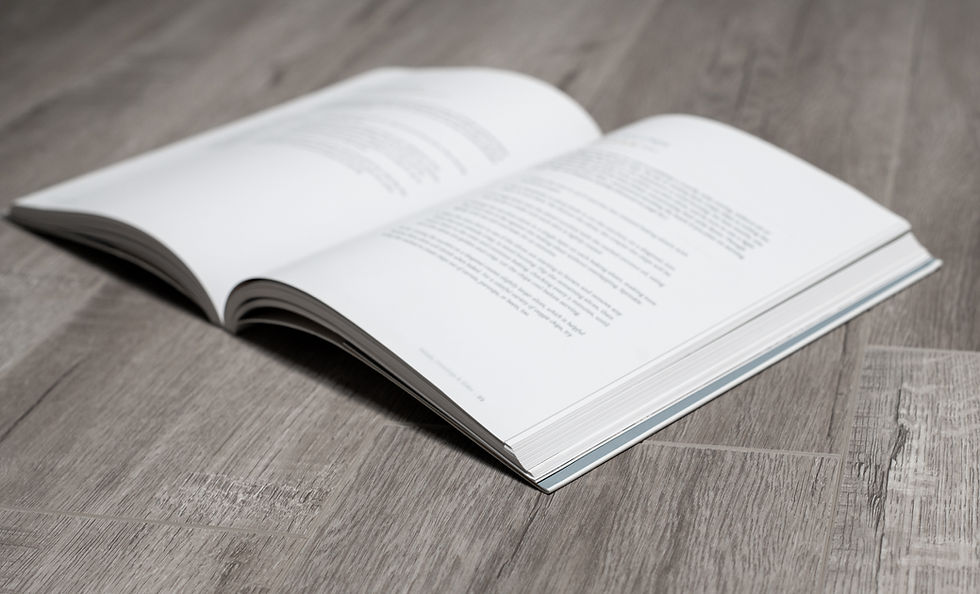What I Learned from Leonardo da Vinci to Improve My Data Dashboards
- Kelly Adams

- Dec 10, 2021
- 3 min read
Updated: Mar 25, 2022

As I've discussed many times on my blog, I am not one to specialize either in my career or in my hobbies, I have too many interests. I used to be ashamed of my inability to focus on one domain but recently I've begun to see it as a positive trait. The ability to make connections across disciplines is a key straight for successful individuals.
In Walter Isaacson's biography of Leonardo da Vinci, his main theme is: "how the ability to make connections across disciplines - arts and sciences, humanities and technology - is a key to innovation, imagination, and genius. Leonardo da Vinci is mostly known for being a painter and his masterpieces like The Last Supper and the Mona Lisa. Leonardo was not only a painter, but a mathematician, architect, inventor to name a few . This is similar to the book, Range by David Epstein where he argues for becoming a generalist in a word that highly values specialization. Specifically a person who has a large breadth of knowledge (being an amateur in many fields) and at least one area of depth (being an expert in at least one field) will likely be more successful. Leonardo da Vinci had exactly this, he was a polymath, a person with extensive knowledge in different subjects but at least one area of depth (which you can argue was the arts).
When Leonardo combined the field of science and mathematics with art; specifically, the combination of optical science and imaginative art. He created famous works like Adoration of the Magi and later The Last Supper. If he stuck to painting he would've created works similar to The Archangel Rapheal and Tobias by Piero del Pollaiolo, which featured common elements of paintings at the time which was stiff and unnatural looking. Compared to The Baptism of Christ by Verrochio and Leonardo, which is full of movement and life. Leonardo spent hours observing the world around him and was already beginning to master how light strikes an object with understanding or optics. When looking at the left angel and Jesus' torso, both are attributed to Leonardo da Vinci, it's easy to see the difference in the two paintings. As stated by Walter Isaacson, Leonardo's "ability to combine art and science... [had] made him history's most creative genius".
I decided to try Leonardo's practice of making connections across disciplines with my dashboard design for data analysis. I combined my rudimentary knowledge of UI/UX design practices with data visualization.
Below I've written three principles I've implemented into my dashboard design from learning about UI/UX design.
Have the correct amount of white space. White space is referencing the portion of the dashboard that is left empty (e.g. space between graphs, figures or objects). If there is too little white space the graphic looks cluttered and squished together, but if there's much then it looks like the space wasn't filled out properly. Including the the right amount of white space takes practice but makes a difference in a dashboards design.
Keeping the color palate simple. I have noticed when a dashboard has 10 different colors with each color not for a specific purpose, it becomes overwhelming. I stick to around 5 colors for my dashboards to keep it simple yet colorful enough not to be a boring slate of white (or black) background.
Less is more. I'm personally a fan of simplicity and clean aesthetics when it comes to my designs, and that has translated into my dashboard. I prefer a white or bright background to highlight the graphs and text. I think the focus should be on the information and while decoration is pleasing to the eye, it can detract from the main purpose of a graphic.
These are some design principles I have developed from dabbling in UI/UX design, while I'm not a professional UI/UX designer I have benefited from learning the techniques and practices.
If you're interested in tapping into Leonardo's methods then try this experiment, what ideas/principles/concepts can you take from one discipline (or field) and apply it to another? Could you apply your knowledge of game theory (mathematics) to become a better investor (finance)? Or your how your knowledge of dance movements to become a better athlete?
While everyone doesn't need to become a polymath, being able to draw similarities between two seemingly opposite fields helps with problem solving and creativity.
If you'd like to broaden your knowledge then sign up for my weekly newsletter here where I send out resources on a variety of topics ranging from data science to business and creativity.


